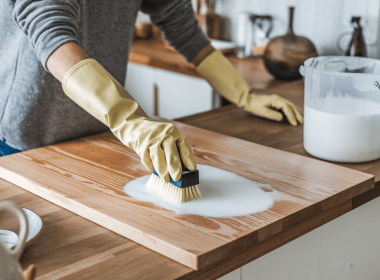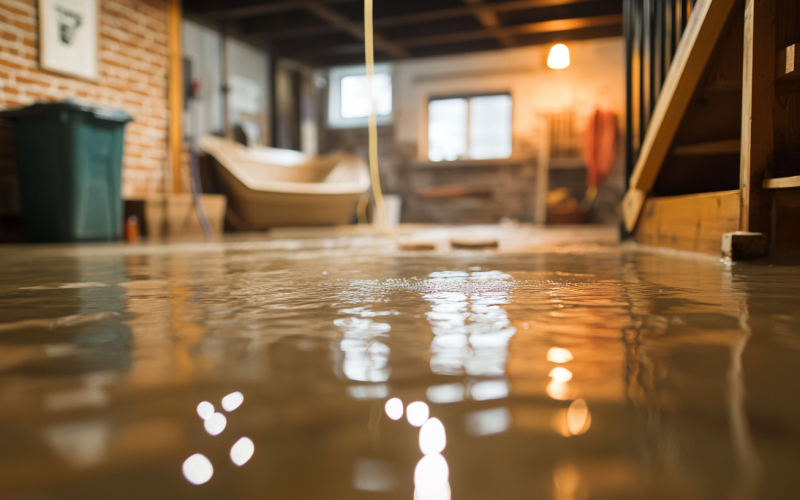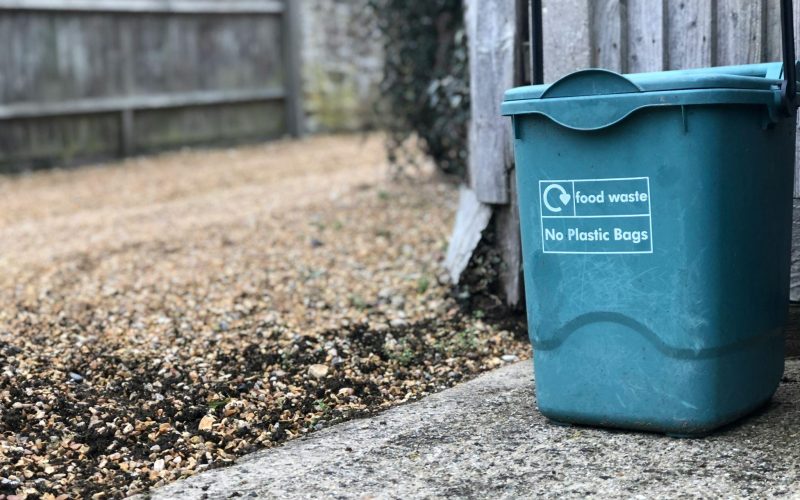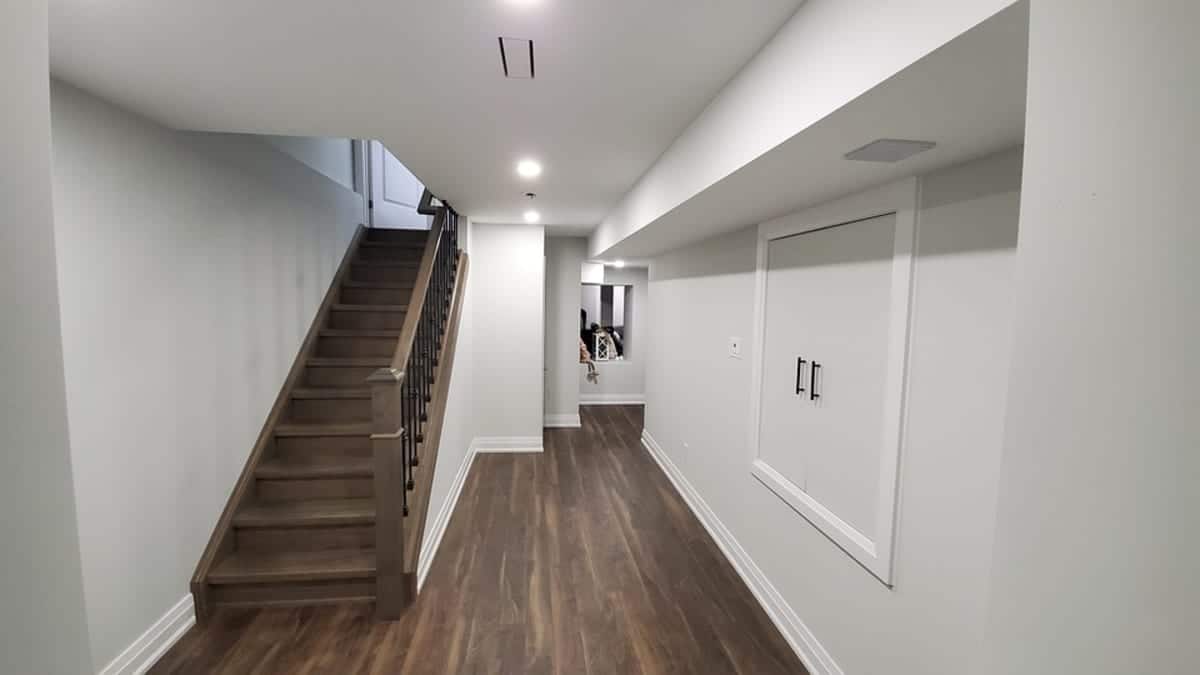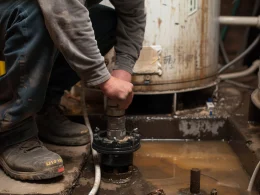Waterproofing a basement is essential to protect your home from water damage, mold growth, and structural issues. However, many homeowners make mistakes in the process, leading to ineffective waterproofing and costly repairs. In this article, we’ll explore the top 10 basement waterproofing mistakes and how to avoid them.
1. Ignoring Early Warning Signs
One of the most common mistakes homeowners make is ignoring the early signs of moisture problems in their basements. Musty odors, peeling paint, water stains, and small cracks in the walls are all indicators that your basement may have moisture issues.
Ignoring these signs allows the problem to worsen over time, leading to more extensive damage that requires costly repairs. Addressing moisture problems early on can save you significant time and money in the long run.
2. Using the Wrong Waterproofing Method
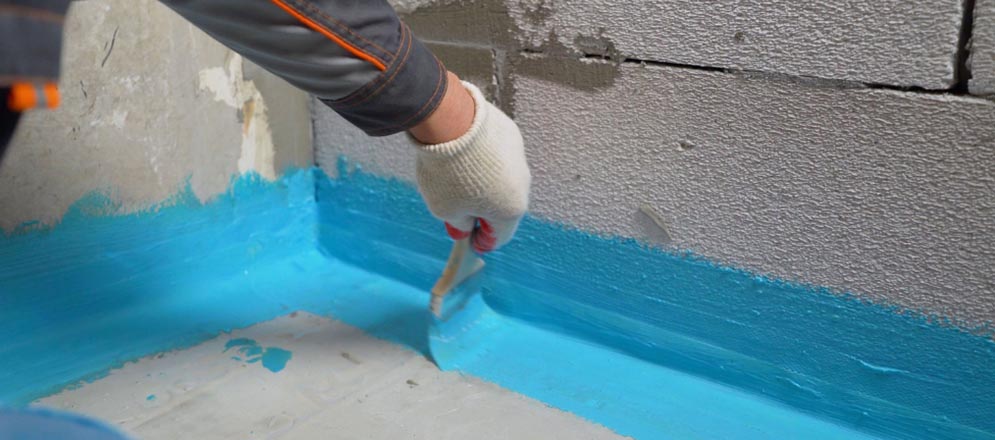
Not all waterproofing methods are suitable for every basement. Homeowners often choose the wrong method without fully understanding the source of their moisture problem.
For instance, applying a waterproof coating to the interior walls might not solve an issue caused by poor exterior drainage. It’s essential to correctly diagnose the problem—whether it’s hydrostatic pressure, groundwater seepage, or poor drainage—and select the appropriate waterproofing solution.
3. Overlooking Exterior Waterproofing
Many homeowners focus solely on interior waterproofing methods and neglect the importance of exterior solutions. Exterior waterproofing, such as installing proper drainage systems, grading the landscape away from the foundation, and applying waterproof coatings to the outside of foundation walls, is crucial for keeping water from entering your basement in the first place. Relying solely on interior methods may not be enough to prevent water infiltration, especially during heavy rainstorms.
4. Improper Installation of French Drains
French drains are an effective way to direct water away from your foundation, but they must be installed correctly to work properly.
Common installation mistakes include using the wrong type of gravel, not installing the drain at the correct depth, and failing to slope the drain correctly to encourage water flow. These errors can cause the drain to clog or fail, leading to ongoing water problems in your basement.
5. Neglecting Gutters and Downspouts
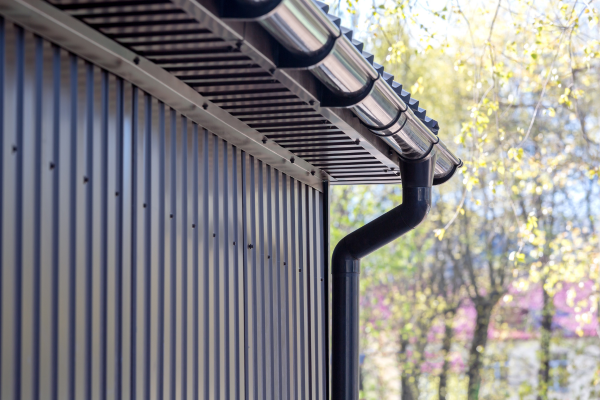
Gutters and downspouts play a crucial role in directing rainwater away from your home’s foundation. Failing to maintain and clean your gutters regularly can lead to water overflow, which can then seep into your basement.
Additionally, downspouts that discharge water too close to the foundation can contribute to basement moisture issues. Ensure that your gutters are clean and that downspouts direct water at least five feet away from your foundation.
6. Using Quick Fixes for Cracks
When homeowners notice cracks in their basement walls, they often resort to quick fixes like filling them with caulk or hydraulic cement. While these solutions might provide temporary relief, they don’t address the underlying issue causing the cracks.
Over time, water pressure can cause the cracks to reappear, leading to ongoing leaks. It’s essential to consult with a professional to properly assess and repair structural cracks.
7. Failing to Control Humidity
Even if you’ve taken steps to waterproof your basement, high humidity levels can still lead to mold growth and moisture issues. Homeowners often overlook the importance of controlling basement humidity, especially in warm, humid climates.
Installing a dehumidifier and ensuring proper ventilation can help maintain optimal humidity levels and prevent moisture-related problems.
8. Ignoring Basement Sump Pump Maintenance
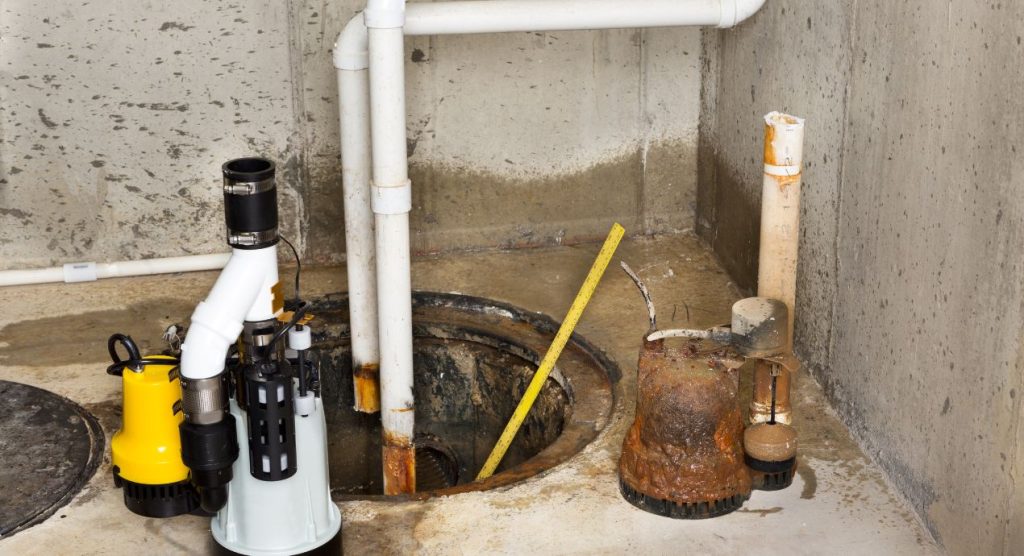
A sump pump is a vital component of your basement’s waterproofing system, especially in areas prone to flooding. However, many homeowners neglect regular maintenance of their sump pumps.
Failing to check the pump periodically, replace the battery backup, or clean the sump pit can lead to pump failure during a critical moment, resulting in a flooded basement. Regular maintenance ensures that your sump pump will work when you need it most.
9. Underestimating the Importance of Grading
The slope of the ground around your home plays a significant role in preventing water from pooling around the foundation. Homeowners often overlook the importance of grading, which can lead to water draining toward the foundation rather than away from it. Ensuring that the ground slopes away from your home can significantly reduce the risk of basement water issues.
10. Not Seeking Professional Help
Finally, one of the biggest mistakes homeowners make is attempting to tackle complex waterproofing issues on their own without professional assistance. While DIY solutions can work for minor problems, more significant issues require the expertise of a professional waterproofing contractor. Professionals can accurately diagnose the problem, recommend the best solutions, and ensure that the work is done correctly, giving you peace of mind that your basement is fully protected.
Basement waterproofing is a crucial aspect of home maintenance that requires careful planning and execution. By avoiding these common mistakes, homeowners can protect their basements from water damage, mold, and structural issues. Whether you’re addressing a minor leak or considering a full waterproofing overhaul, taking the time to do it right—and seeking professional help when needed—will pay off in the long run.


